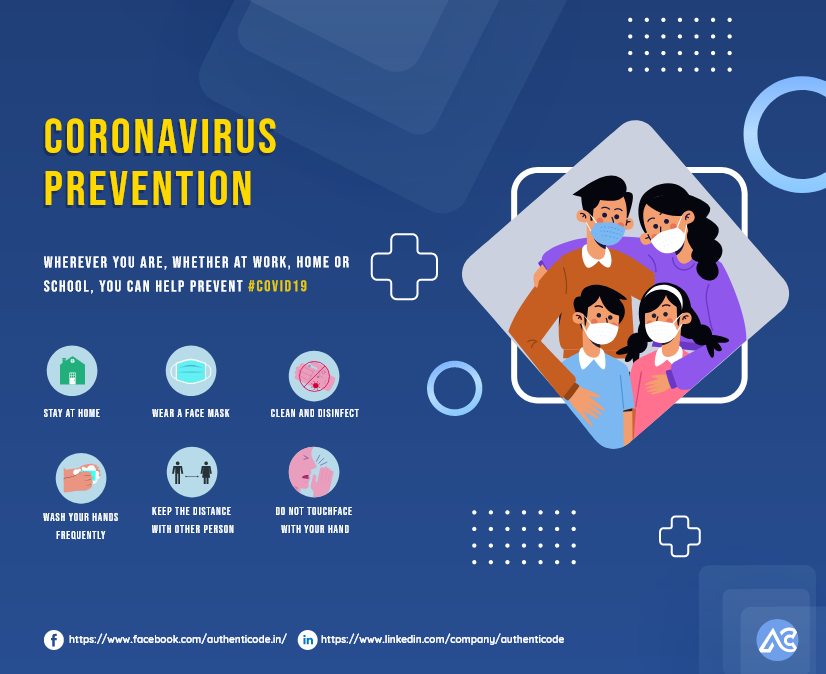
Mankind and pandemics: A covalent bond
Mankind and pandemics: A covalent bondIn the times, when covid has again visited us with a stronger thrust and coerced us to revisit and relook into our preparationsto negotiate with it, somehow makes us realize that we merely stand against nature. Well, it is just one from the lot of by-products (rather consequences) of what we can get when we try to cross the "species barrier" and try to unsettle the typical setup of the nature. Connection with live-animal markets, hunting, habitat degradation, unnatural human-animal contactsare few of the reasons why mankind has been frequently struckby such pandemics. The US Centre for Disease Control and Prevention (CDC) states the "3 in every 4 new or emerging infectious diseases in people come from animals. It is definitely not the first time, when such a mass destructive 'biological' calamity has affected mankind. Pandemics have been occasionally forming covalent bonds with us. Covalent should aptly fit here since the strong bonds that these calamities form with us, they usually take 2-3 years to disappear and not surprisingly, their after-effects (such as poverty, economic fallouts) take around a decade. These effects make us confronted with the true uncertainty of human existence and the vulnerability of human life.
The first pandemic called Black Death is believed to have been the result of plague, an infectious fever caused by the bacterium Yersinia pestis. The disease was likely transmitted from rodents to humans by the bite of infected fleas. It was responsible for deaths of 75–200 million people in Eurasia and North Africa.
The Spanish flu, also known as the 1918 influenza pandemic infected 500 million people and struck in 4 waves. 500 million was around one-third of the population at that time which is enough to give a sense of severity it would have caused.
AIDS pandemic and epidemic which struck first time in 1981 and has still been one of the biggest headaches for humankind.It was said to have spread from a chimpanzee virus that transferred to humans in West Africa.
H1N1 Swine Flu developed in 2009 and killed between 151,700 and 575,400 people according to the CDC.
When the world was recovering from H1N1, two successive pandemics, Ebola and Zika virus visited and caused bulk of the cases and deaths around the globe.
Someone has rightly said that there is always sunshine after a long dark night. Although these pandemics have time and again proved to be inevitable monsters, some sensible measures can always be adopted to counter them. First and theforemost way should be introspection; introspect if we are doing right to mother nature? Large-scale deforestation, agriculture intensification and degradation, cross-species transfer can easily be avoided which would certainly help us to keep a distance from the wrath of nature. Secondly what we can do is modify rather ameliorate our eating habits. Animals are slaughtered for the food eaten by billions of people which isthe key reason for numerous examples of viral and prion diseases. No known epidemic has resulted from the transmission of a plant virus to an animal. If not vegan, we can adopt vegetarianism to pay a small part to the wellbeing of our natural ecosystem. Not considering ourselves as only supreme power, personal hygiene and cleanliness, social distancing should also be taken into consideration to nullify formation of such bonds in near future.

 Comments (5)
Comments (5)









